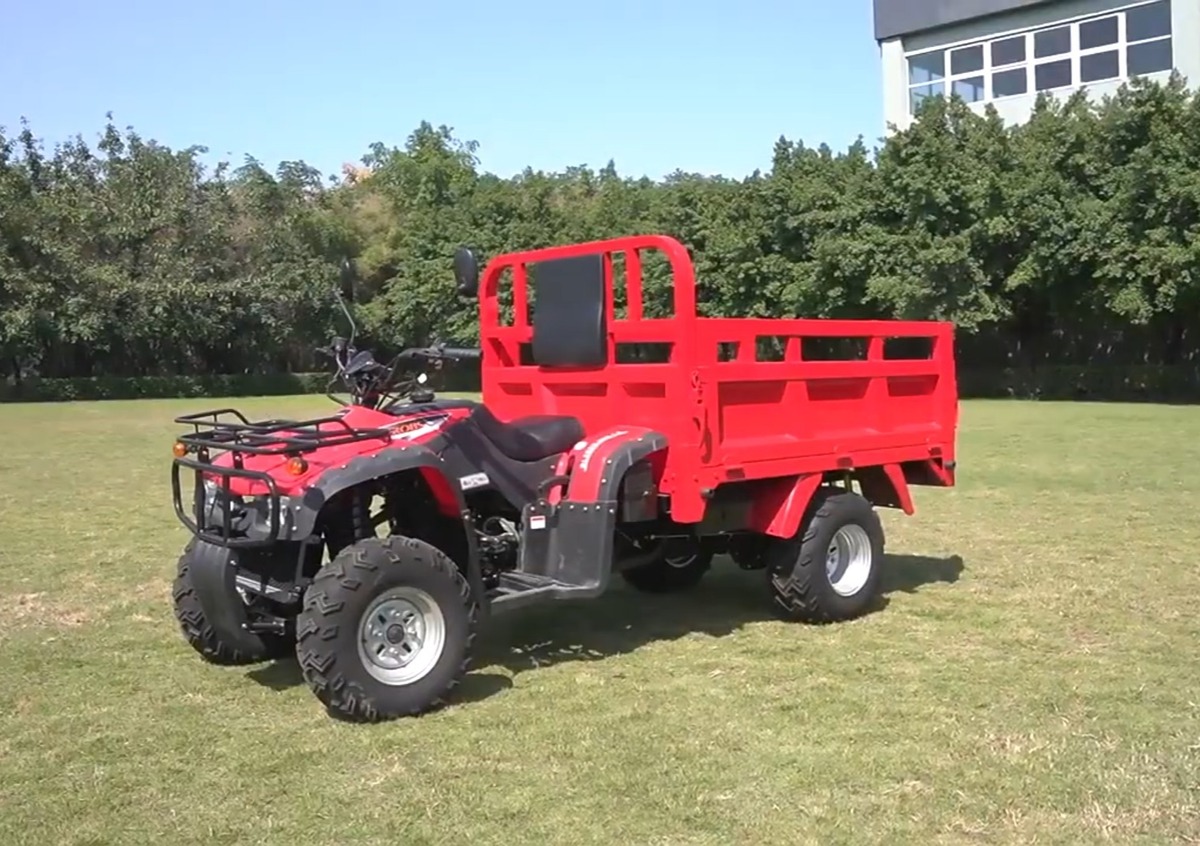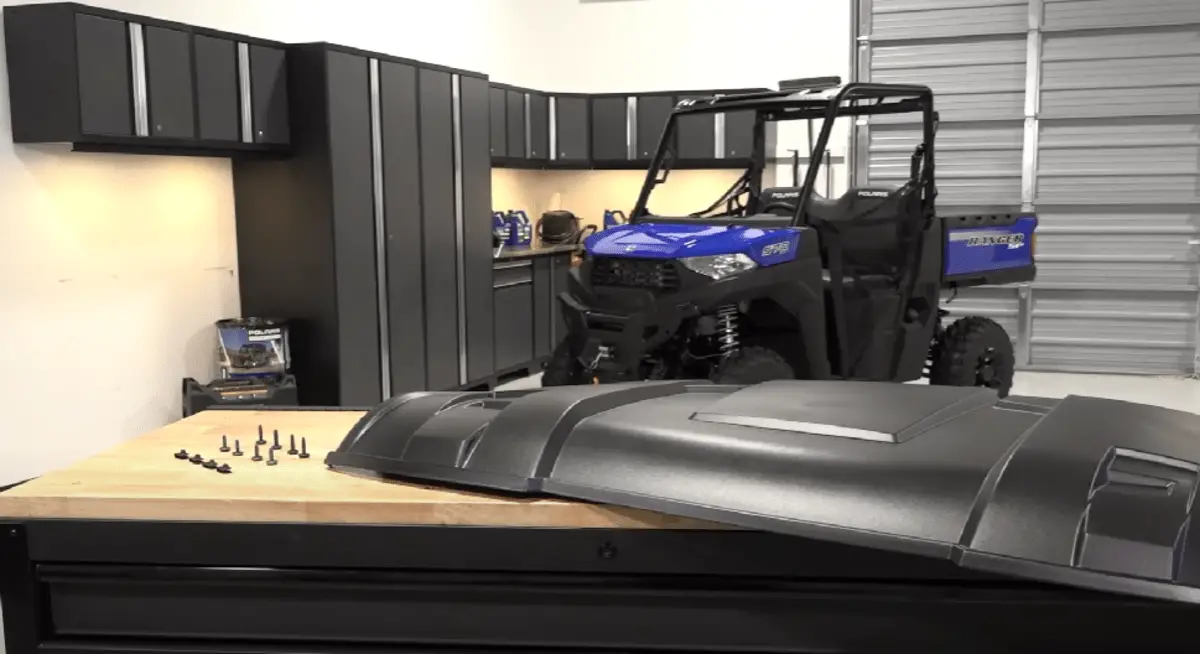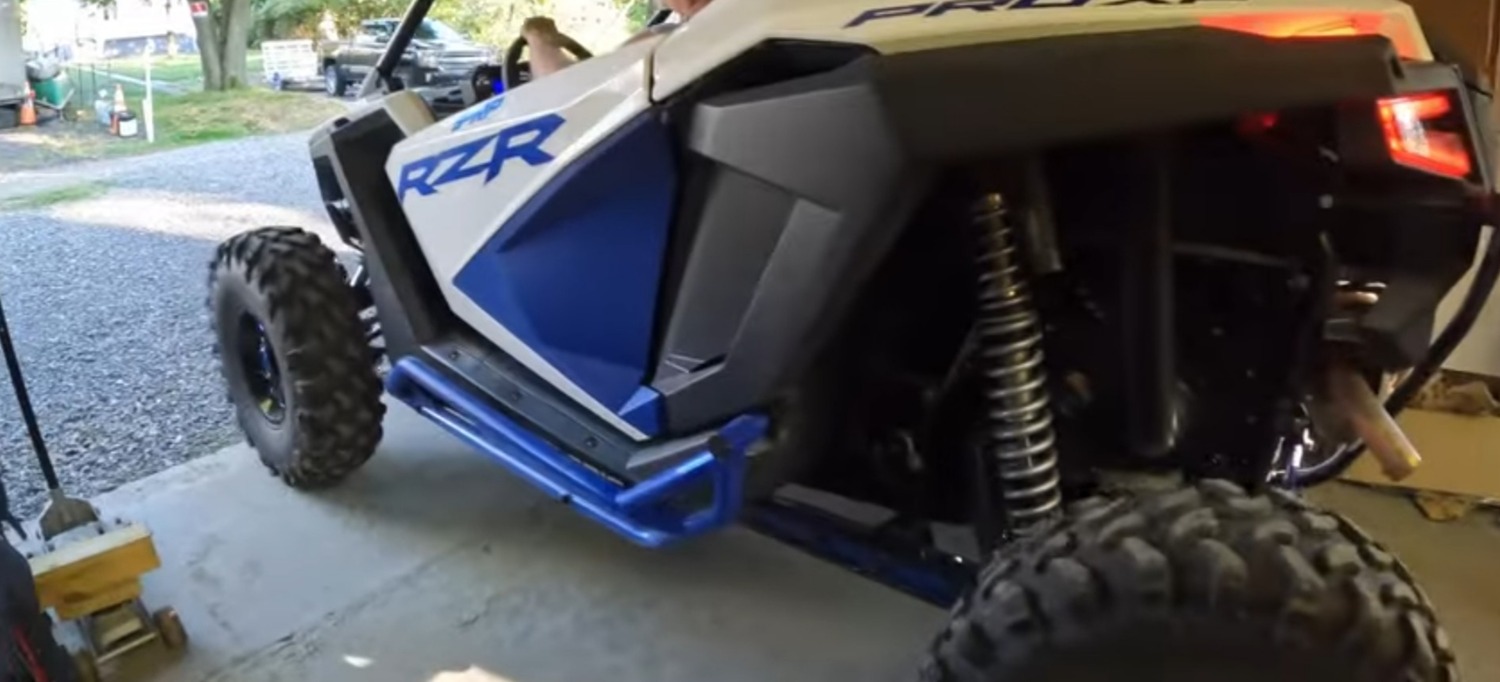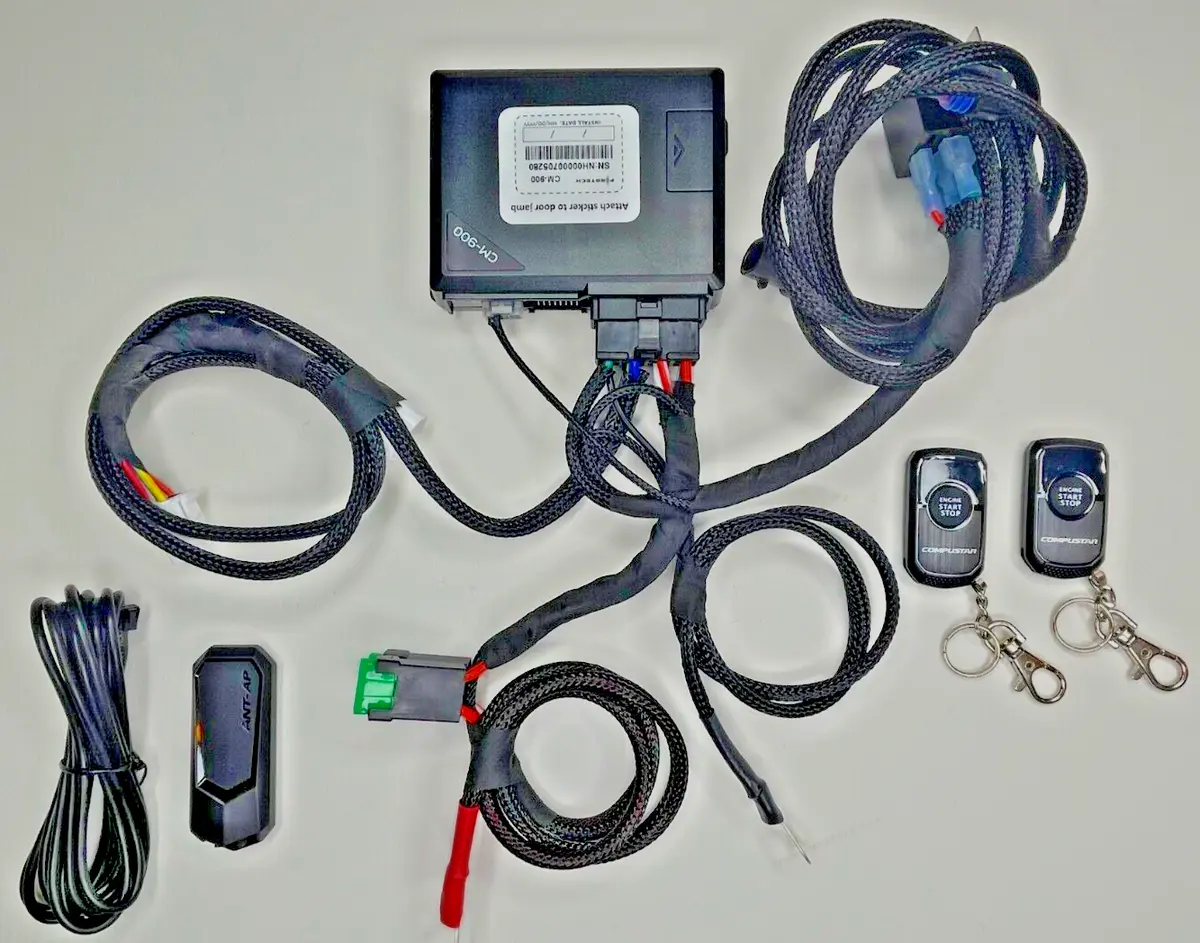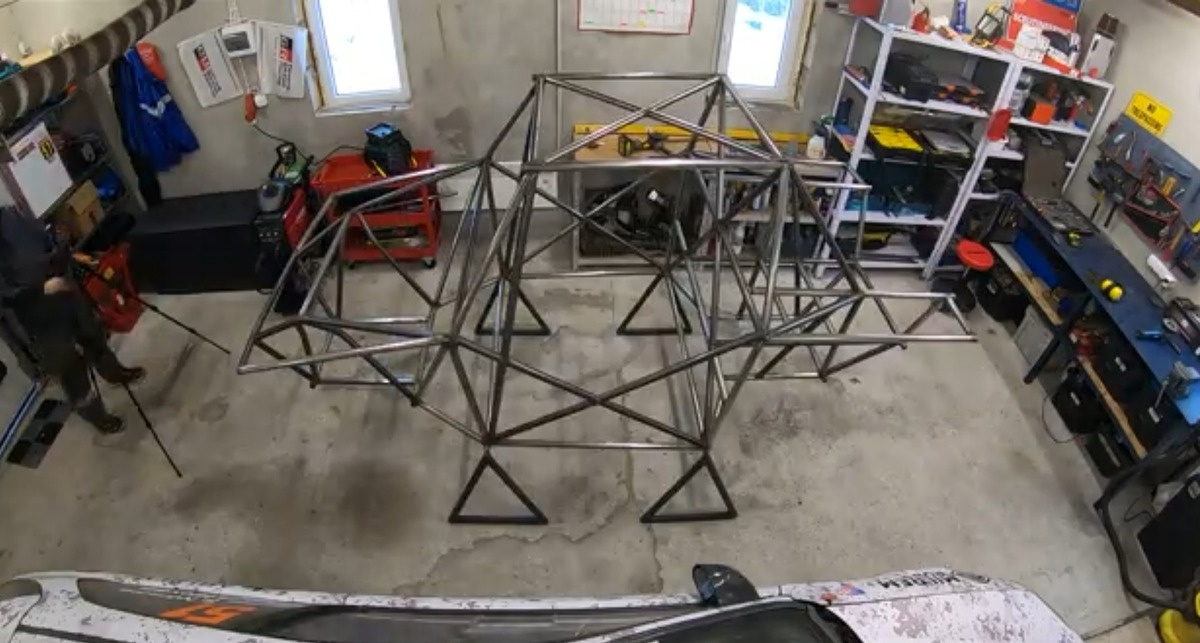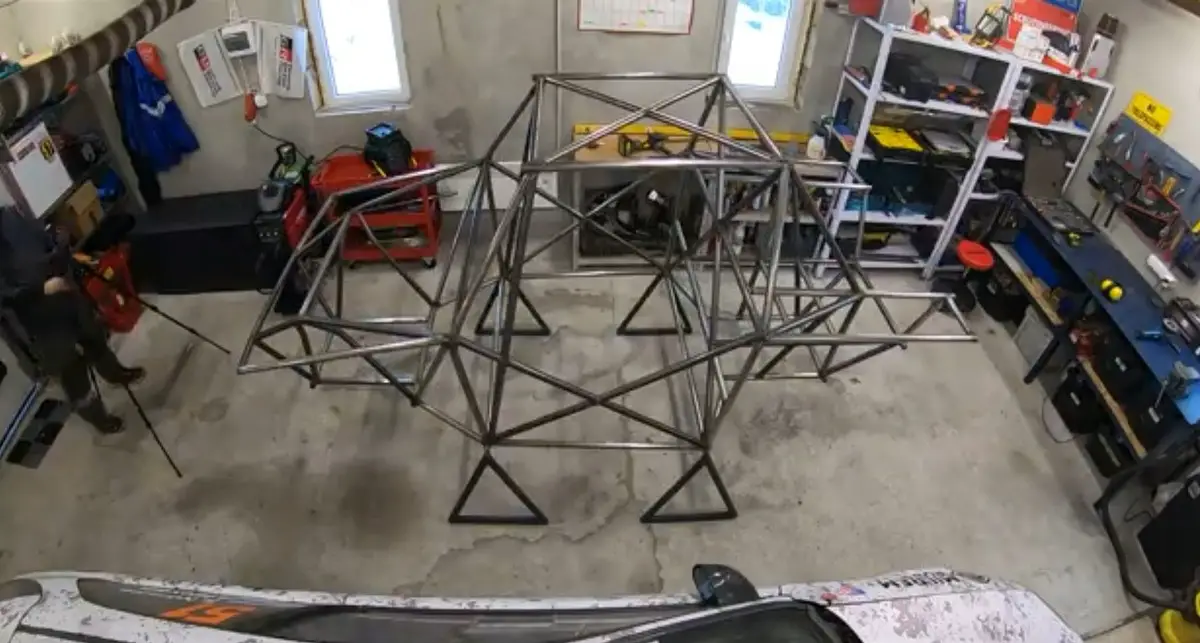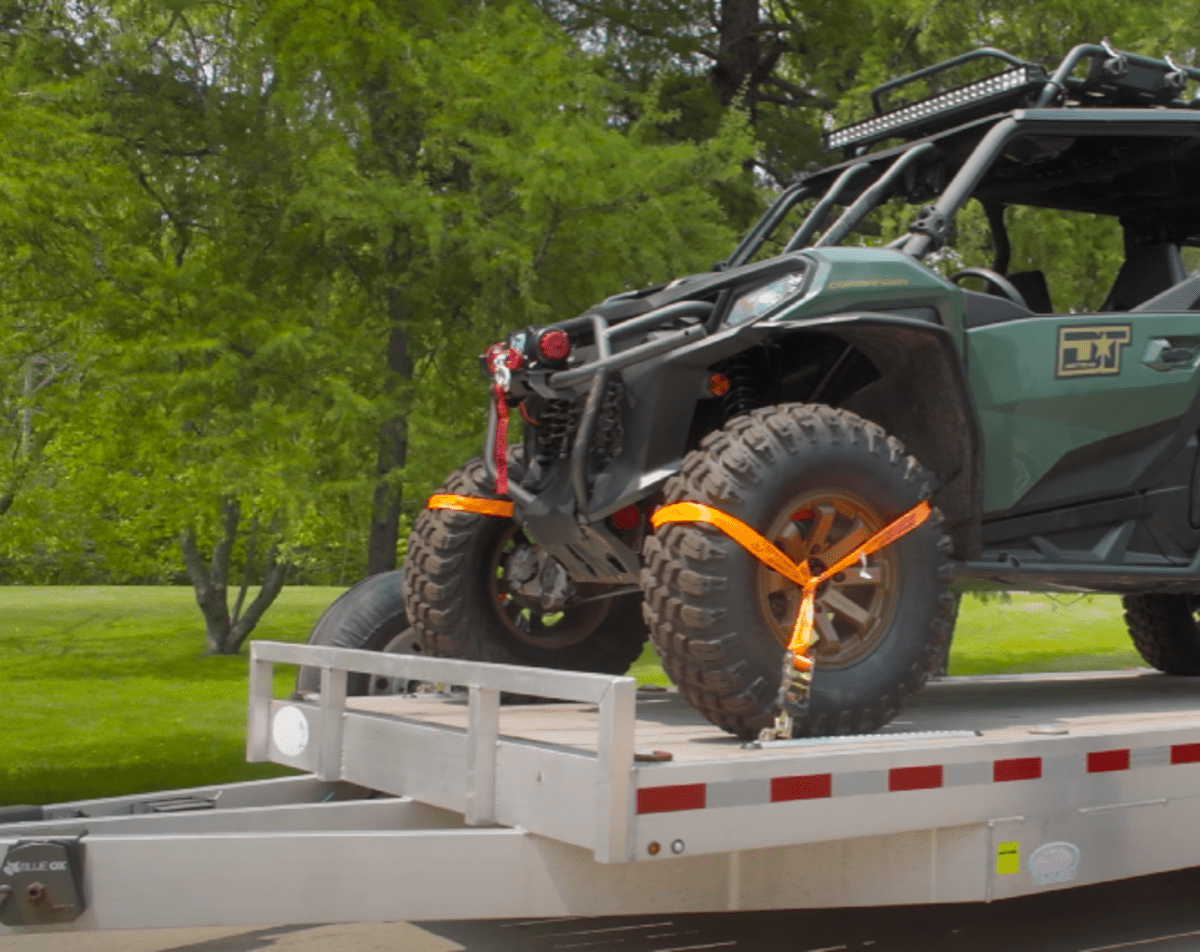I built my own farm utility vehicle to haul heavy loads of hay across the fields with ease.
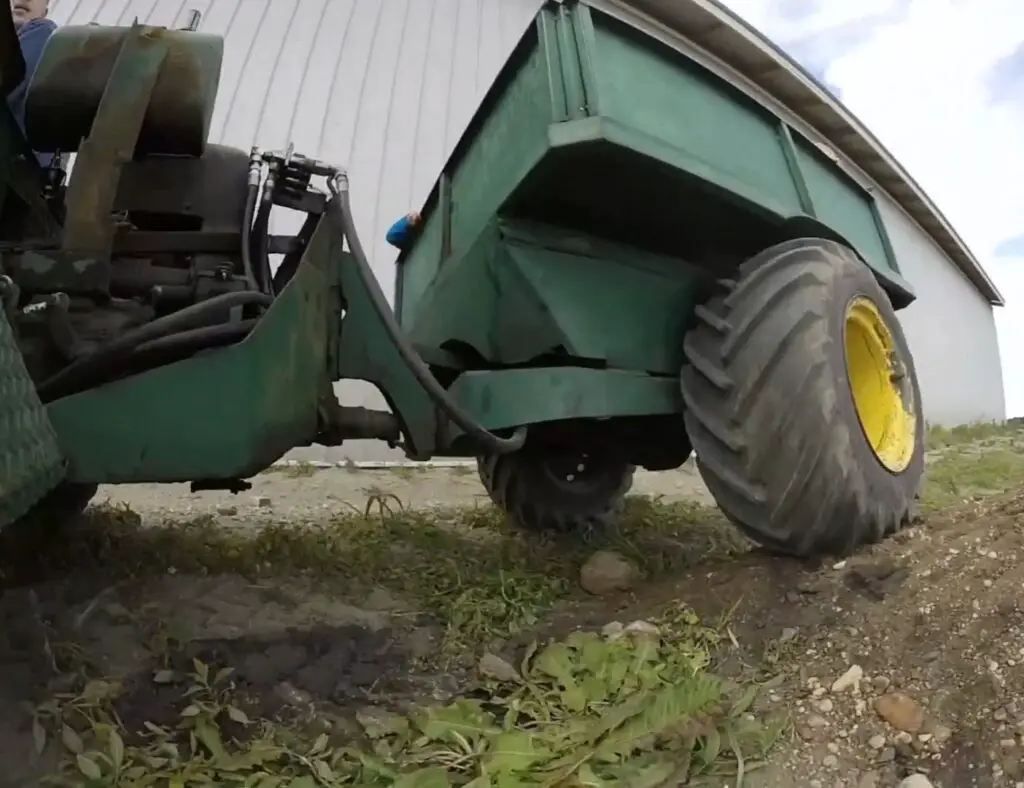
Have you ever considered building your own farm utility vehicle? Even Though the market is flooded with plenty of commercial UTV options, many farmers are opting for DIY solutions to customize their farm vehicles according to their unique farm needs along with hauling capabilities, efficient transportation, and versatility in their daily operations. Constructing a Farm Utility Vehicle is a great way to save money on materials and create a vehicle that perfectly fits your farming requirements. So which are the best farm utility vehicles?
I bring you this ultimate guide that encompasses every crucial aspect, ranging from a detailed breakdown of the necessary components and tools to step-by-step instructions for successful project completion. This guide as a reference will help you to design, build, and maintain a farm utility vehicle successfully that will be both reliable and effective exceeding your expectations, regardless if you want customization options, cost savings, or a vehicle adapted to your farm’s demands.
Here is the list of 7 Helpful Farm Utility Vehicles
- Gator™
- Mule
- Golf Cart
- ATV (aka 4-Wheeler)
- Bike with a Cart
- Lawn Mower with a Cart
- Old Farm Truck
Homemade 4×4 UTV: DIY Farm Utility Vehicle

Off-road fans will find building a DIY 4×4 UTV (Utility Terrain Vehicle) to be an exciting endeavor. Install a trustworthy 4×4 drivetrain system first, preferably with locking differentials, and pick a strong chassis. The next step is to mount a strong engine, making sure it is proportioned correctly for the vehicle’s weight and performance needs.
Make a roll cage out of welding for safety, then add off-road-capable suspension parts. Include comfortable chairs, appropriate steering, and necessary controls. For better traction, attach durable off-road tires. For adaptability, don’t forget to include lights, a winch, and other equipment. When building and using your custom-built UTV, always put safety first and abide by local laws.
I customized the bed of my DIY farm utility vehicle to accommodate my large vegetable crates during harvest.
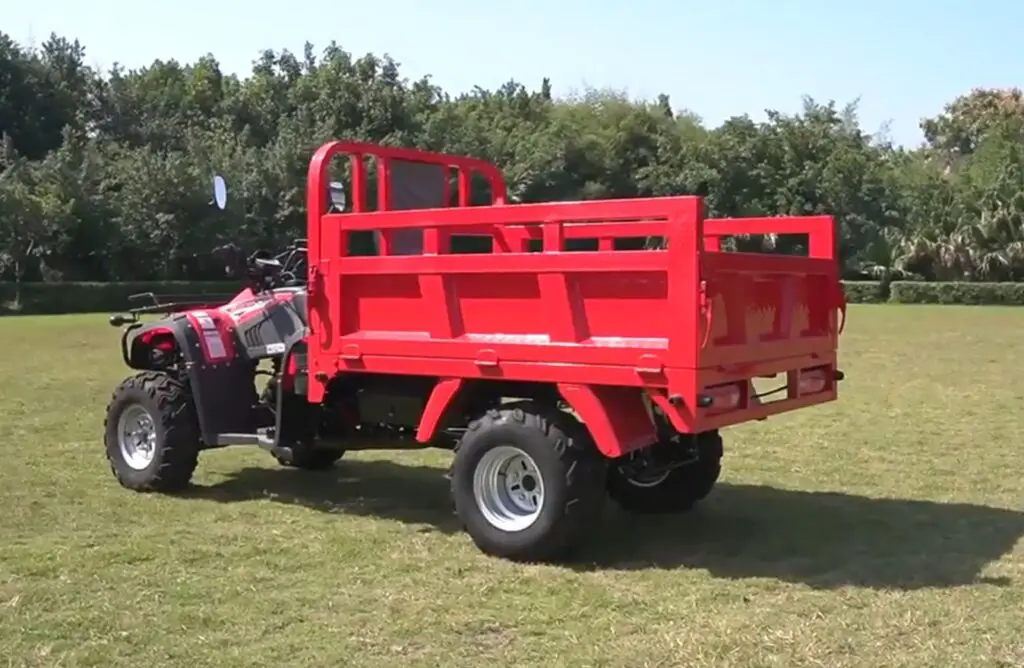
Homemade Side-By-Side UTV Plans For DIY Farm Utility Vehicle
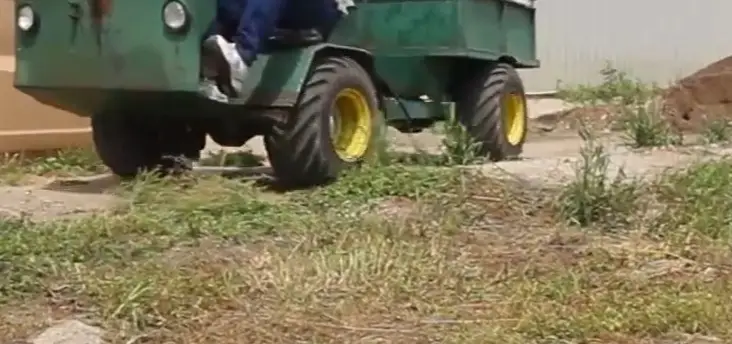
Making DIY side-by-side UTV plans demands knowledge and careful consideration. Start by looking into various sizes and designs that fit your requirements. For stability and durability, use the right materials for the chassis and frame. Include a proper transmission system and a dependable, powerful engine. Plan for independent suspension to improve handling and ride comfort.
Install the necessary safety equipment, such as roll bars, seat belts, and guards. For user ease, ensure correct steering and controls. Include a cargo area and accessory mounting points. Throughout the planning phase, keep in mind regional laws and safety requirements. Before utilizing the DIY side-by-side UTV on difficult terrain, always do a comprehensive test.
Homemade Off-Road Vehicles For DIY Farm Utility Vehicle
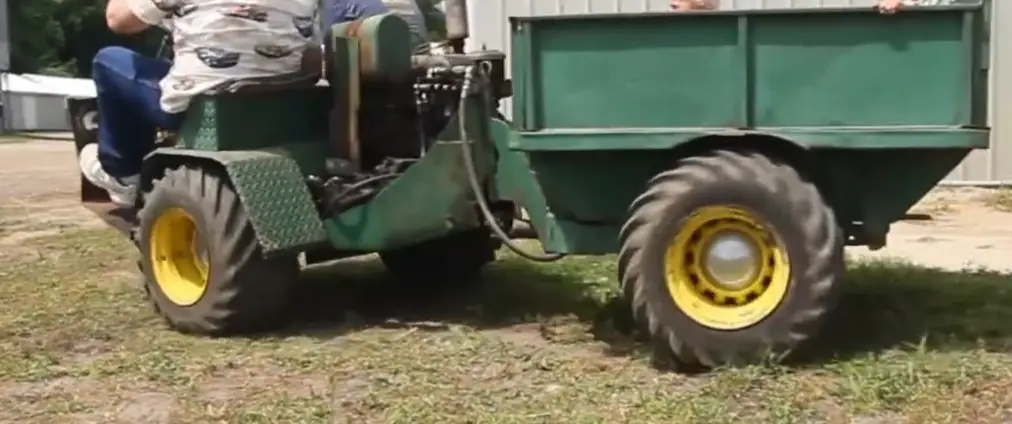
Off-road vehicles constructed at home give fans an exciting chance to create unique setups. Start by thinking about the vehicle’s use, the terrain it will traverse, and the necessary requirements. Choose a strong frame that can survive harsh conditions, such as one made of aluminum or steel tubing. Select a dependable suspension, drivetrain system, and engine that are appropriate for the intended use of the vehicle.
Make a roll cage for protection, and include vital safety equipment like seat belts and helmets. Add off-road tires and modify the bodywork to improve traction. Always put safety first while designing and operating a vehicle, and test it extensively before driving it across difficult terrain.
DIY UTV Kit For DIY Farm Utility Vehicle
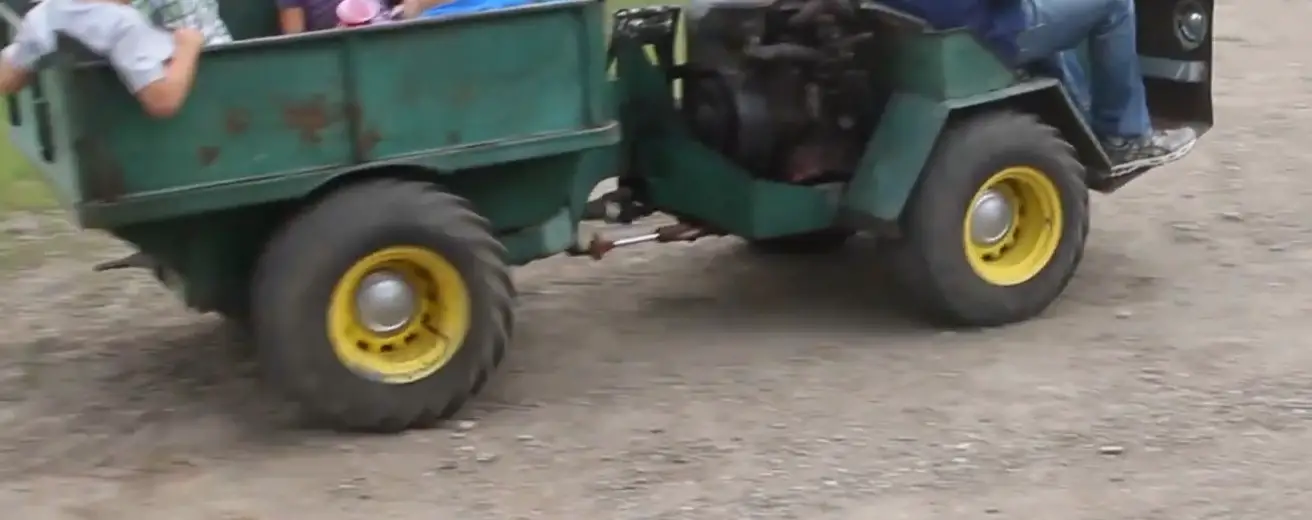
For those who wish to construct their own off-road vehicle, a DIY UTV kit is a great choice. These kits typically comprise necessary parts for the drivetrain, steering, suspension, and chassis. Some kits may additionally include an engine or let you select the power source of your choice.
Usually, all necessary hardware and assembly instructions are included. Make sure the kit is compatible with the engine and components you intend to use before making a purchase. For people who enjoy constructing and personalizing their cars, DIY UTV kits provide a fulfilling experience by enabling them to build a unique off-road vehicle to conquer a variety of terrains.
Homemade Car Project For DIY Farm Utility Vehicle
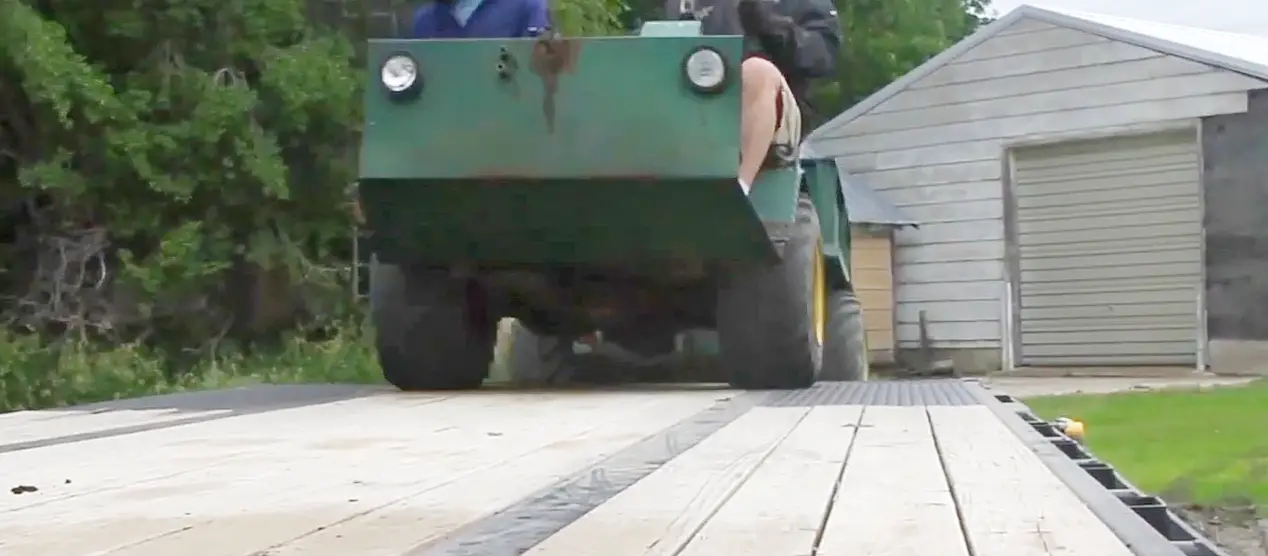
Making a custom car from scratch or modifying an existing chassis is an ambitious DIY automotive project. Planning is done in great detail, taking into account design, materials, and equipment needed. To achieve the desired performance and application, choose a suitable chassis, engine, and transmission.
Create the body, making sure it complies with all safety requirements. For a completely operable car, include the steering, suspension, brakes, and electrical systems. Success in construction depends on precision and close attention to detail. Driving a self-built vehicle on the road is incredibly satisfying, but make sure to abide by local rules and safety precautions.
I saved a significant amount of money by using reclaimed materials to build my farm utility vehicle.
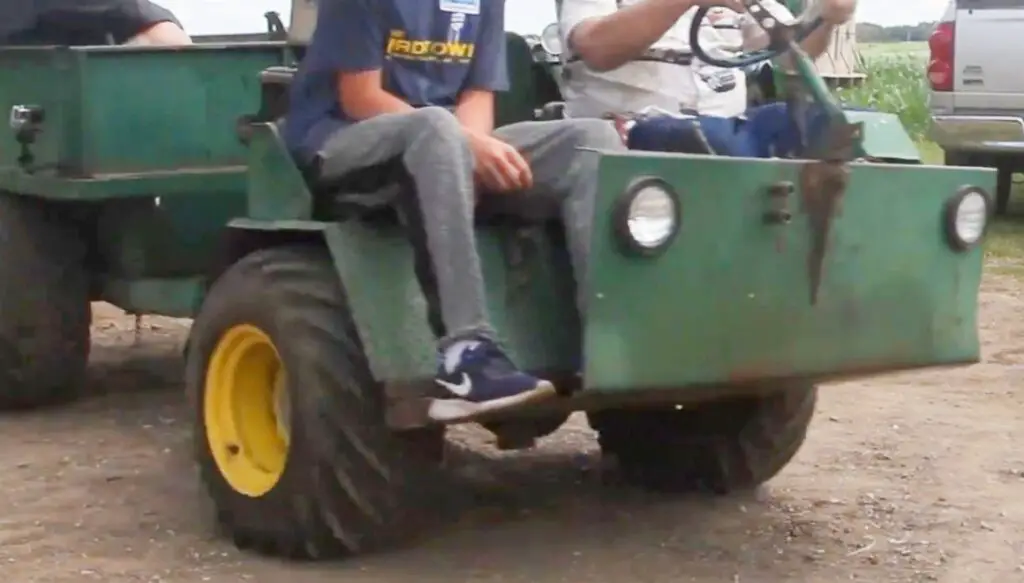
Steps Of DIY Farm Utility Vehicle
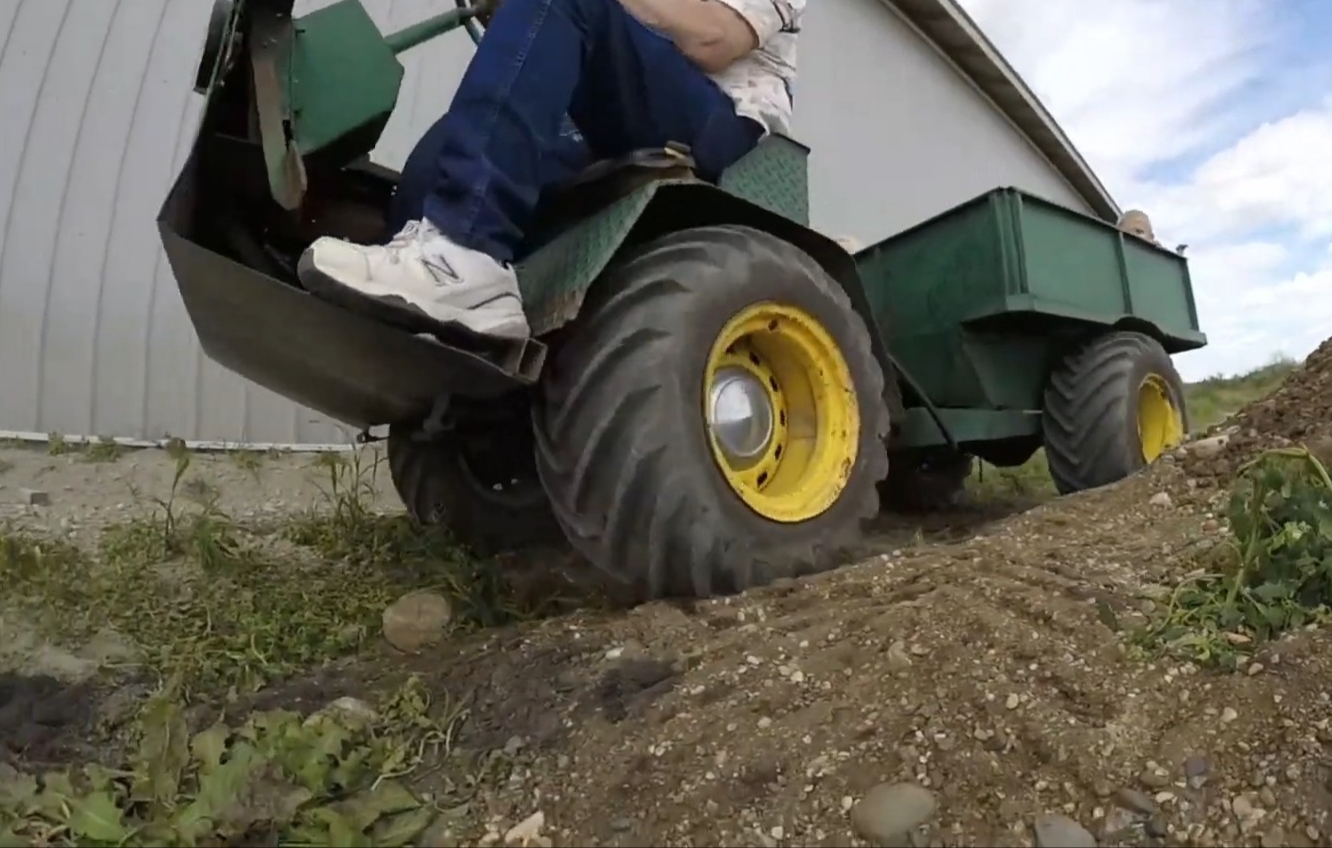
Introducing line-by-line step guide for constructing a DIY farm utility vehicle at your convenience.
Step 1: Assessing Farm Needs
Before beginning the DIY farm utility vehicle project, it’s very significant to take note of all your farm’s needs. A few things such as the vehicle’s duty on the farm, the size and weight of the items that it will need to carry, and the terrain that it will travel over must be taken into consideration.
- Finding What You Need
To design the farm utility vehicle, you must first determine and comprehend its intended function so that you may construct it appropriately. This analysis will act as a manual for choosing design features and aspects.
- Evaluation of Load & Terrain
Examine the landscape of your farm, paying particular attention to the muddy areas, hills, and flat areas. The required power and traction capabilities of the vehicle may be estimated in light of the findings of this study.
To make sure the vehicle is capable of what it is intended to, you need also figure out the maximum load it can transport safely.
Step 2: Design and Planning
Before commencing the construction process, it is essential to engage in careful planning and design. The significance of specifying the vehicle’s needs is emphasized in this step, taking into account elements like loading capacity, desirable traits and terrain adaptability.
The preliminary phases of prototyping and drawing the vehicle are also covered, along with acquiring the tools and materials needed for the construction of the DIY farm utility Vehicle.
Step 3: Picking a Chassis
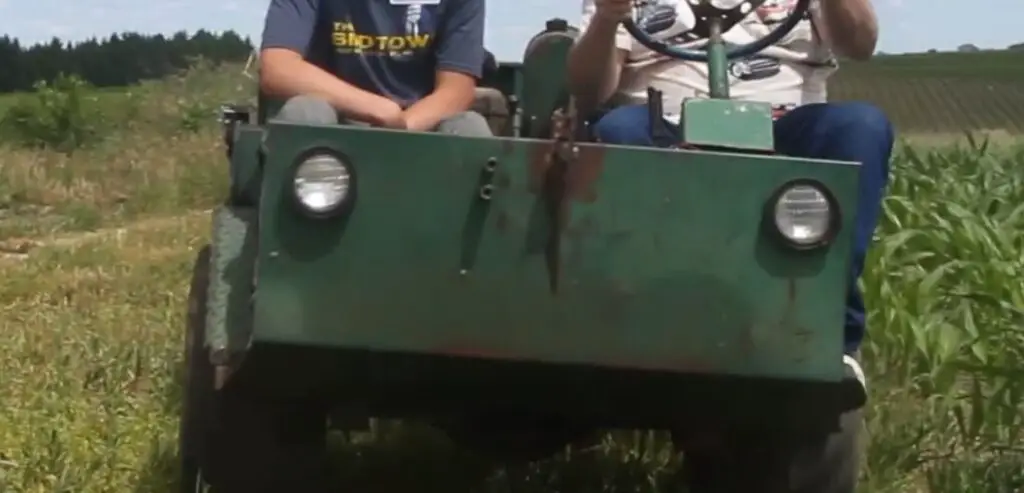
The chassis or the frame is the backbone of the farm utility vehicle, holding everything else together. Consider elements like durability, strength, and compatibility with the intended engine when selecting a chassis.
- Choosing the Ideal Base
Check out choices like a custom-built frame, donor vehicle chassis or a frame made for a utility vehicle that you can buy. It’s necessary to pick a robust chassis that can withstand the rigorous farm work and can hold the weight that needs to be transported.
- Testing for Durability and Stability
Consider the type of material utilized, the welding process, and the strengthening methods when evaluating the chassis’ strength and durability. Make sure stress points and load-bearing parts are appropriately secured.
Step 4: Choosing the Powertrain
You must carefully evaluate your agricultural utility vehicle’s engine if you want to maximise performance, power output, and fuel efficiency. It is crucial to carefully consider the numerous engine and powertrain options available to your farm.
- Selecting the Engine
Different engines are available, so pick one that fits your needs in terms of power, fuel economy, and chassis compatibility. You must consider factors such as diesel or petrol engines, pollution standards and horsepower ratings.
- Transmission System Selection
Check out the transmission choices, such as manual, automatic, and continuously variable (CVT) gears. For your agricultural operations, choose a gearbox that offers the required torque and speed range.
I enjoy the satisfaction of knowing my DIY farm utility vehicle is tailored to my specific farming tasks.
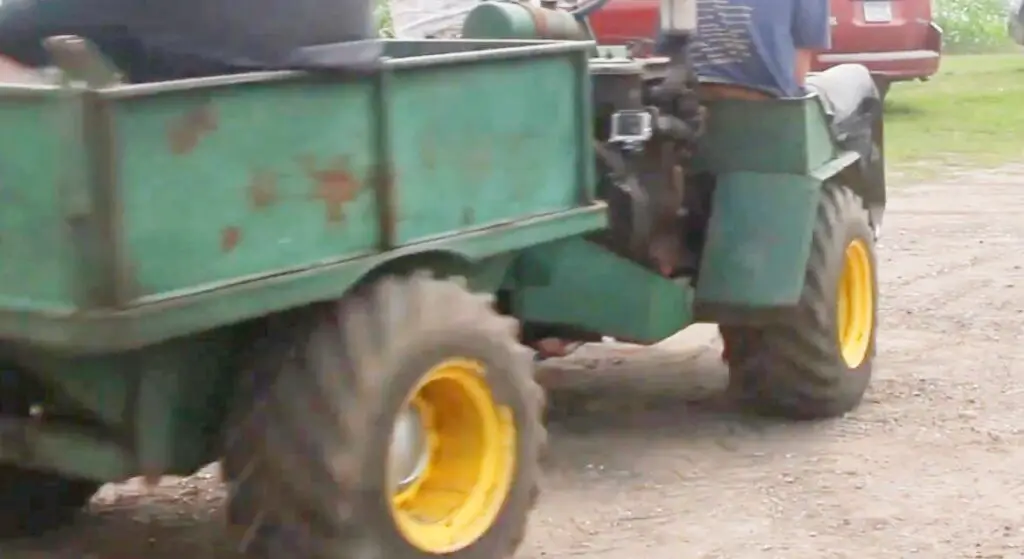
Step 5: Steering and Suspension Systems
When travelling over uneven terrain or hauling big loads, the suspension and steering systems play a crucial role in maintaining a smooth and stable ride.
- Selecting Types of Suspension
Leaf springs coil springs, and independent suspension systems are a few possibilities to take into consideration. Assess load-carrying capability, stability, and ride quality trade-offs.
- Choosing Steering Mechanisms
Power steering systems are available in mechanical, hydraulic, or electric configurations. Choose a mechanism that satisfies both your need for precise control and the convenience of easy mobility.
Step 6: Cargo Bed and Load Handling
One of the most important aspects of a farm utility vehicle is the cargo bed, which enables the vehicle to transport items such as crops, fertilizers, and equipment. For efficient load management, design factors and material choices should be taken into account.
- Considerations in the Design:
Based on the desired usage, choose the size, form, and arrangement of the cargo bed. For increased utility, incorporate features like folding sidewalls, adjustable tie-downs, and hydraulic dumping systems.
- Selection of the Material:
Select elements that are long-lasting, corrosion-proof, and as lightweight as possible. Steel, aluminum, and composites are all viable possibilities that may be evaluated in terms of price and performance.
Step 7: Installing the Electrical System
Farm utility vehicles rely on their electrical systems to run essential features like lights, controls, and extras. Design and installation must be done correctly to provide dependable functioning.
- Battery Choice
Select a battery that has a capacity that is high enough to suit the electrical requirements of the vehicle. Take into account elements like charging choices’ accessibility, deep cycle capability, and upkeep needs.
- Control and Wiring
To properly distribute electricity safely and efficiently, it is necessary to design a wire harness. Installing controls, switches, and gauges in handy areas will make them easier to use.
Step 8: Assembly and Integration
Once all of the components have been chosen, the next step is to assemble and integrate them into a fully operational farming utility vehicle. For a seamless assembly procedure, follow stepwise instructions and consider the best methods.
- Stepwise Instructions:
Assemble the frame, install the engine, integrate the powertrain, assemble the suspension and steering, and provide thorough instructions on how to wire the electrical system.
- Tips & Best Methods:
To make the process of assembly more streamlined, assist individuals in recognising and avoiding possible issues, as well as make certain that components are properly integrated.
The importance of safety precautions and double-checking connections and alignments should be emphasised.
Step 9: Maintenance and Troubleshooting
To ensure optimal performance of your self-built agricultural utility vehicle, it is recommended to establish a regular maintenance schedule and be equipped to diagnose and settle any operational issues that may occur.
- Scheduled maintenance:
Write down the usual maintenance procedures, such as oil changes, filter replacements, lubrication, and inspections. It is necessary to develop routine upkeep for the electrical system, chassis parts, and other essential components.
- Finding and fixing issues:
Note down a comprehensive list of possible operational issues that may occur, including but not limited to engine performance concerns, electrical system malfunctions, suspension failures etc.
Note down some troubleshooting advice and solutions to resolve these difficulties as quickly as possible.
I designed and built a custom UTV that fits perfectly through my narrow orchard rows.
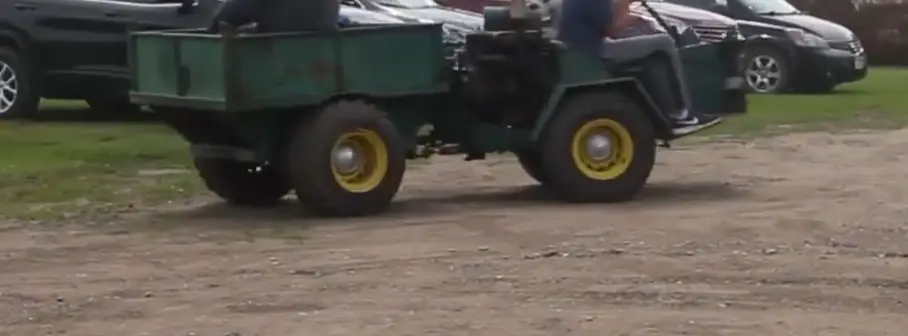
Advantages Of Building Your Own DIY Farm Utility Vehicle
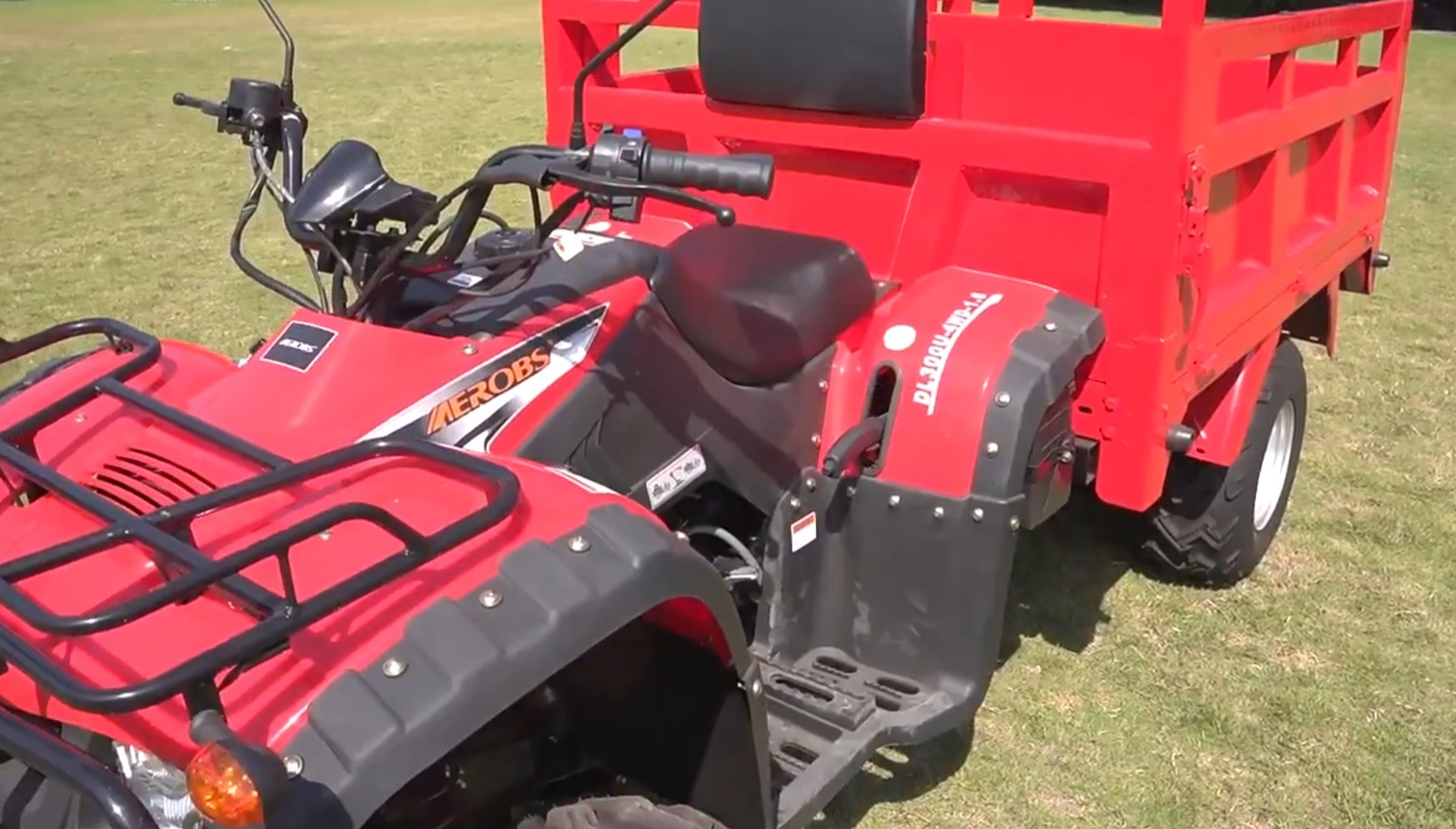
1. Personalization
DIY projects can be customized accordingly to meet the needs and preferences of an individual. The load capacity, engine, and features of the vehicle can efficiently be adjusted to meet the requirement of the farmers and farms. As a result, the vehicle is made to be as effective as possible for specific farming duties.
2. Cost-effectiveness
When compared to the purchase of a commercial vehicle, the process of building a farm utility vehicle personally can often prove more cost-effective. Farmers may reduce the cost associated with pre-built commercial vehicles by assembling the parts together manually.
3. Ability to adjust to local conditions
The local topography and climate can be taken into account while planning a do-it-yourself farming utility vehicle. Tires, suspension, and lighting may all be customized for a farmer’s unique terrain to enhance the overall performance and safety of the vehicle.
4. Ability to Adapt and Change
DIY utility vehicles for farming provide farmers with a great deal of versatility since they can be equipped with a broad variety of tools and attachments. The vehicle’s adaptable mounting mechanisms make it a flexible resource for a wide range of farming tasks.
5. Improve Knowledge and Skills
Farmers have the opportunity to acquire essential information and skills while building vehicles, mechanics, and electrical systems when they participate in a DIY project. Gaining such practical knowledge helps enable farmers to handle routine maintenance and repairs independently, minimizing disruptions and lastly cutting costs.
6. Controlled Maintenance and Repair
One of the benefits of owning a custom-built car is the ability to make all necessary decisions on routine maintenance and repairs. Troubleshooting and repairs are easy because you know its components and structure.
Reduced downtime and cheaper costs connected with outsourcing services are possible outcomes of having more direct control over maintenance and repairs.
I spent weekends constructing a versatile farm vehicle that now helps me transport tools and supplies efficiently.
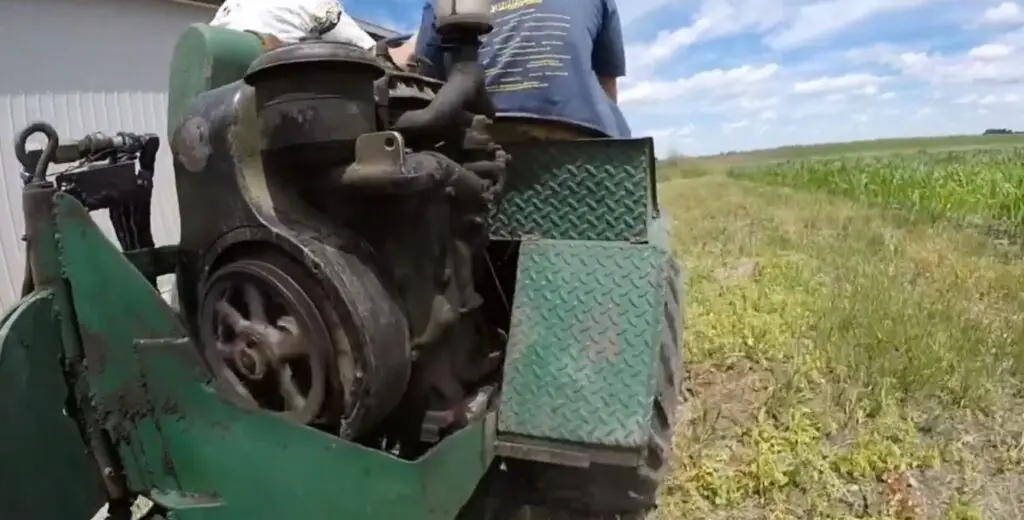
Conclusion
A reliable and efficient farm utility vehicle is crucial in modern agriculture to maximize overall productivity and simplify daily operations while minimizing labor. This ultimate guide has covered all the crucial aspects required while constructing a farm utility vehicle, ranging from selecting the base vehicle and designing the chassis to integrating the powertrain, electrical system, and auxiliary features. For students or researchers documenting such engineering projects, understanding the costs involved in obtaining professional writing assistance, like hausarbeit schreiben lassen, is essential for budgeting and ensuring high-quality academic submissions.
Added to this with this guide in your possession, you will possess the knowledge and guidance necessary to easily design, construct, and maintain a farm utility vehicle successfully that perfectly fits your needs with confidence and precision.
This comprehensive guide will provide the ultimate resource for constructing a DIY farm utility vehicle in 2024. From selecting the right base vehicle to integrating essential components and ensuring safety, this guide will cover every crucial information to help farmers in building a reliable and functional vehicle tailored to their specific needs.
Last but not least, always put safety first, and don’t neglect routine maintenance if you want to get the most out of this do-it-yourself farm vehicle.
It’s important to note that building your own farm utility vehicle requires proper technical knowledge, guidance, skills, and necessary resources. It may not be suitable for everyone, and purchasing a commercially available vehicle may be more practical in certain cases.
FAQs
What is the safety features needed in a farm utility vehicle?
Rollover Protection Systems (ROPS), restraint systems, seat belts, illumination, and emergency shut-off features are some of the essential safety features for farming utility vehicles.
How can I choose the proper size and load capacity for my agricultural utility vehicle?
Farm utility vehicles should be sized and loaded according to their desired function. To make sure the vehicle can carry the necessary load, take into consideration factors such as the types of tools or equipment to be transported, the weight of the load, and the conditions on the road.
Can I use my everyday car for farming purposes?
Inadequate suspension systems, inability to travel off-road and low load capacities imply that regular automobiles aren’t always an ideal choice for demanding farm work. Farm vehicles are designed to carry big loads, handle rough terrain and equip different kinds of gear.
Do agricultural utility vehicles require additional licenses or permits?
Farm utility vehicle licensing and permits vary by vehicle type and jurisdiction of the location. Generally, a standard driver’s license is enough while operating a farm utility vehicle on a private farm. However, it is recommended to check local laws and regulations to ensure compliance before operating a vehicle.
Subscribe for Our Latest Posts! Thank you!
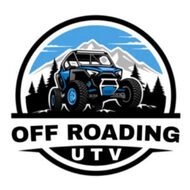 Off Roading UTV Off Roading UTV
Off Roading UTV Off Roading UTV
